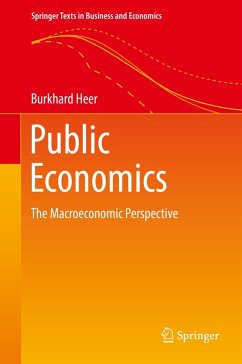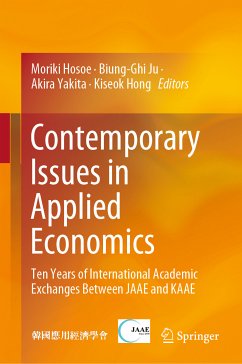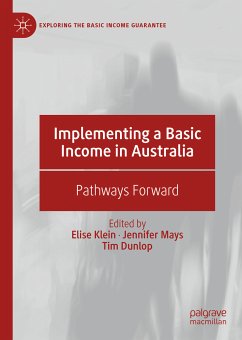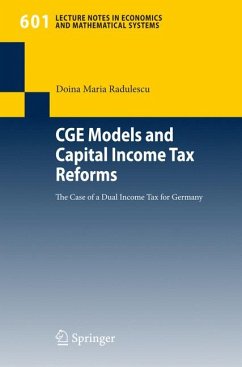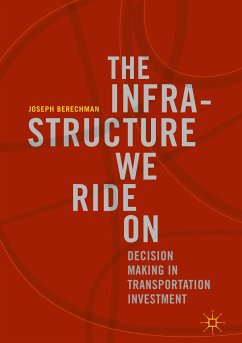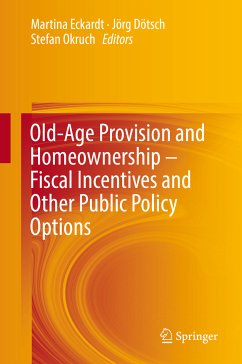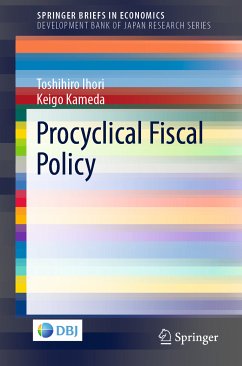
Simple Models of Income Redistribution (eBook, PDF)
Versandkostenfrei!
Sofort per Download lieferbar
68,95 €
inkl. MwSt.
Weitere Ausgaben:

PAYBACK Punkte
34 °P sammeln!
The rising role of intra- and intergenerational transfers (e.g. basic income, child benefit and public pensions) characterises modern economies, yet most models depicting these transfers are too sophisticated for a wider but mathematically trained audience. This book presents simple models to fill the gap. The author considers a benevolent government maximizing social welfare by anticipating citizens' shortsighted reaction to the transfer rules. The resulting income redistribution is analyzed for low tax morale, strong labor disutility and heterogeneous life expectancy. Key issues that the boo...
The rising role of intra- and intergenerational transfers (e.g. basic income, child benefit and public pensions) characterises modern economies, yet most models depicting these transfers are too sophisticated for a wider but mathematically trained audience. This book presents simple models to fill the gap. The author considers a benevolent government maximizing social welfare by anticipating citizens' shortsighted reaction to the transfer rules. The resulting income redistribution is analyzed for low tax morale, strong labor disutility and heterogeneous life expectancy. Key issues that the book addresses include the socially optimal pension contribution rate, retirement age, and redistribution programs. The author concludes by removing some strong restrictions and introducing median voter, incomplete information and dynamic complications.
The book will be of value for graduate students and researchers interested in public economics, especially in public and private pensions.
The book will be of value for graduate students and researchers interested in public economics, especially in public and private pensions.
Dieser Download kann aus rechtlichen Gründen nur mit Rechnungsadresse in A, B, BG, CY, CZ, D, DK, EW, E, FIN, F, GR, HR, H, IRL, I, LT, L, LR, M, NL, PL, P, R, S, SLO, SK ausgeliefert werden.



